Table of content
Fried rice, a dish beloved globally for its versatility and comforting flavors, might seem deceptively simple to prepare. However, transforming a humble bowl of rice into a fragrant, flavorful masterpiece requires attention to detail, technique, and a dash of creativity. Whether you’re a novice cook or a seasoned home chef, mastering the art of fried rice can elevate your culinary repertoire. This comprehensive guide will walk you through every step, from selecting the perfect ingredients to executing flawless cooking techniques, ensuring your fried rice rivals that of your favorite restaurant.
Understanding the Foundations of Great Fried Rice
At its core, fried rice is a canvas for creativity. It thrives on balance—between textures, flavors, and colors. The best fried rice achieves a harmonious blend of savory, umami-rich notes, punctuated by fresh herbs, crisp vegetables, and tender proteins. To achieve this, you must start with the right ingredients and equipment.
The Importance of Rice
The backbone of any fried rice dish is, unsurprisingly, the rice itself. While any long-grain or medium-grain rice can work, jasmine rice or basmati rice are often preferred for their fragrant aroma and fluffy texture when cooked. However, the secret to exceptional fried rice lies in using day-old rice. Freshly cooked rice contains too much moisture, which can lead to a gummy, clumpy texture when stir-fried. Day-old rice, stored in the refrigerator, dries out slightly, allowing it to absorb flavors better and fry to a perfect crispness.
Pro Tip: If you forget to prepare rice in advance, spread freshly cooked rice on a baking sheet and refrigerate it uncovered for 1–2 hours. This accelerates the drying process.
Equipment Matters
A wok is the traditional tool for stir-frying, as its sloped sides and high heat retention allow for even cooking and quick searing. However, a large, heavy-bottomed skillet or cast-iron pan can also work. Ensure your pan is screaming hot before adding oil—this prevents sticking and ensures a satisfying sizzle when ingredients hit the surface.
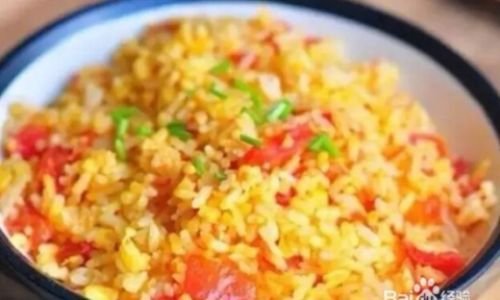
Mastering the Cooking Process
Fried rice is a test of precision and timing. Each ingredient must be cooked separately to retain its texture and flavor before being combined. Here’s a step-by-step breakdown:
Prep Your Ingredients
Chop all vegetables, proteins, and aromatics before you start cooking. Fried rice moves quickly, and overcrowding the pan can steam ingredients instead of searing them. Common additions include:
- Proteins: Diced chicken, shrimp, tofu, or eggs (scrambled or fried).
- Vegetables: Carrots, peas, bell peppers, onions, garlic, and green onions.
- Aromatics: Fresh ginger, garlic, and chili flakes.
- Extras: Pineapple, edamame, or kimchi for unique twists.
The Perfect Sear
Heat your pan over high heat until it’s almost smoking. Add a neutral oil with a high smoke point, like vegetable oil or peanut oil. For added depth, use sesame oil as a finishing touch.
Key Technique:
- Cook proteins first: Sear diced chicken or shrimp until golden, then remove and set aside.
- Scramble eggs separately: Whisk eggs with a pinch of salt and cook them in a thin omelet layer, chopping into bite-sized pieces. This prevents overcooking and ensures fluffy texture.
Building Flavor with Aromatics
Once the pan is hot, add minced garlic, ginger, and diced onions. Sauté until fragrant but not browned—this forms the flavor base.
Incorporating Vegetables
Add heartier vegetables first (e.g., carrots, bell peppers), stir-frying for 2–3 minutes until slightly tender. Softer vegetables (e.g., peas, spinach) go in last to avoid overcooking.
The Star of the Show: Rice
Add the day-old rice, breaking up any clumps with your spatula. Spread the rice evenly across the pan and let it sit undisturbed for 1–2 minutes. This allows it to crisp slightly. Toss the rice gently, ensuring every grain is coated in oil and aromatics.
Seasoning Like a Pro
Fried rice thrives on a balance of salty, savory, and umami flavors. Common seasonings include:
- Soy sauce: Use sparingly to avoid sogginess.
- Oyster sauce: For a rich, briny depth.
- Fish sauce: A pungent, salty kick (optional).
- White pepper: For a subtle heat.
- Toasted sesame oil: A finishing drizzle for nuttiness.
Pro Tip: Add soy sauce along the pan’s edges—the high heat caramelizes it, intensifying its flavor.
Final Assembly
Return cooked proteins and eggs to the pan. Toss everything vigorously to combine. Garnish with sliced green onions, cilantro, or a squeeze of lime juice for freshness.
Advanced Techniques for Restaurant-Quality Results
-
The “Wok Hei” Effect
In Cantonese cuisine, wok hei refers to the smoky, charred flavor imparted by cooking over intense heat. To mimic this at home: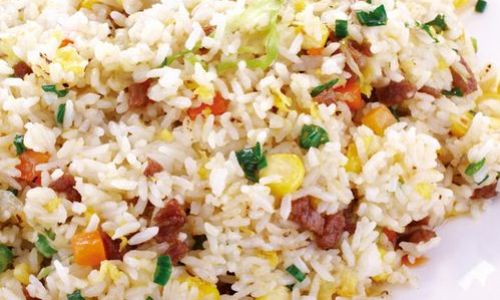
- Use the highest burner setting.
- Toss ingredients rapidly to avoid burning but achieve slight charring.
-
The “Dry Fry” Method
For extra-crispy rice, cook it without additional liquid. Let the rice sit in the pan until individual grains develop a golden hue. -
Flavor Pairings
Experiment with global influences:- Thai Basil Fried Rice: Add Thai basil, chili paste, and lime zest.
- Kimchi Fried Rice: Mix in fermented kimchi and a fried egg.
- Pineapple Fried Rice: Toss in diced pineapple, cashews, and curry powder.
Common Mistakes to Avoid
-
Overcrowding the Pan
Cook in batches if necessary. Overcrowding lowers the pan’s temperature, leading to steaming instead of searing. -
Using Wet Ingredients
Pat proteins and vegetables dry before cooking. Excess moisture turns fried rice soggy. -
Underseasoning
Taste as you go! Fried rice should be boldly seasoned, as the rice itself is neutral. -
Overmixing
Aggressive stirring breaks rice grains into mush. Toss gently with a spatula instead.
Recipe: Classic Chicken Fried Rice
Ingredients (Serves 4):
- 4 cups day-old jasmine rice
- 2 tbsp vegetable oil
- 2 large eggs, beaten
- 1 cup diced chicken breast
- 1/2 cup diced carrots
- 1/2 cup frozen peas
- 1/4 cup diced onion
- 3 garlic cloves, minced
- 2 tbsp soy sauce
- 1 tbsp oyster sauce
- 1 tsp sesame oil
- 2 green onions, sliced
- Salt and white pepper to taste
Instructions:
- Heat 1 tbsp oil in a wok over high heat. Add eggs and scramble until just set. Remove and set aside.
- Add remaining oil. Sear chicken until golden (3–4 minutes). Remove.
- Sauté garlic and onion until fragrant. Add carrots and peas; stir-fry 2 minutes.
- Add rice, breaking clumps. Let sit 2 minutes, then toss.
- Drizzle soy sauce and oyster sauce around the pan’s edges. Toss to coat.
- Return chicken and eggs to the pan. Season with salt, pepper, and sesame oil.
- Garnish with green onions. Serve hot.
Conclusion
Fried rice is more than a leftover meal—it’s a celebration of texture, flavor, and adaptability. By mastering the basics of rice preparation, heat control, and seasoning, you can create endless variations to suit any palate. Whether you prefer the simplicity of a classic egg fried rice or the boldness of a spicy Thai-inspired blend, the key lies in patience and practice. So grab your wok, fire up the stove, and let the sizzle begin! Your journey to fried rice perfection awaits.
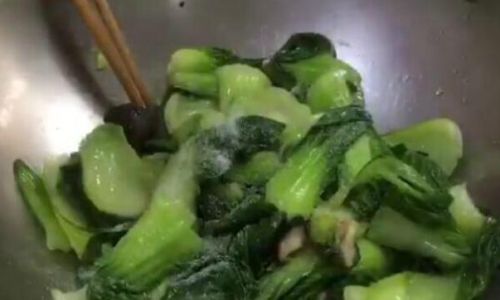
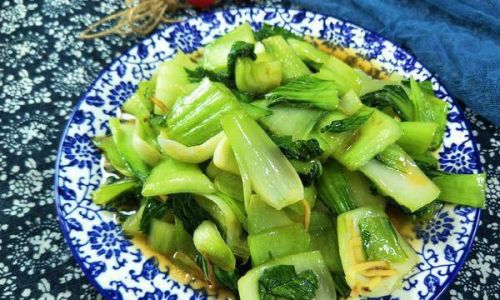

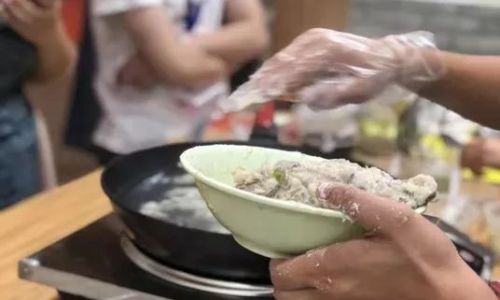
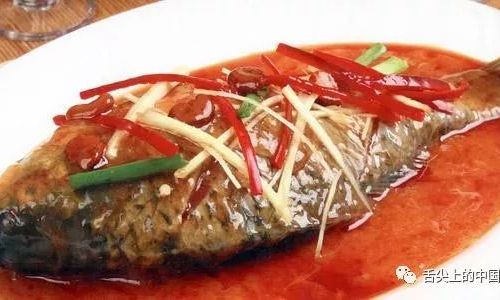
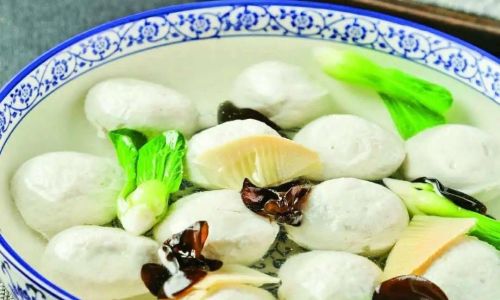
0 comments